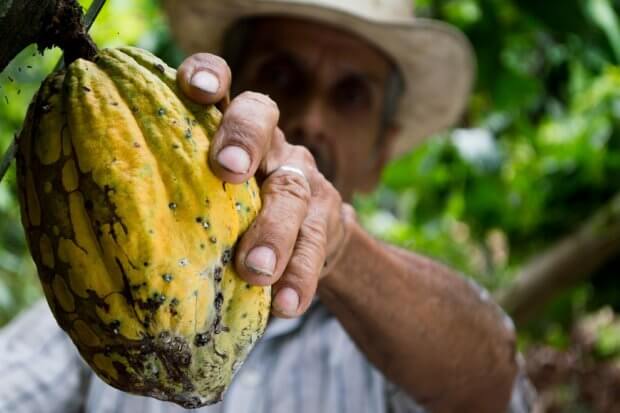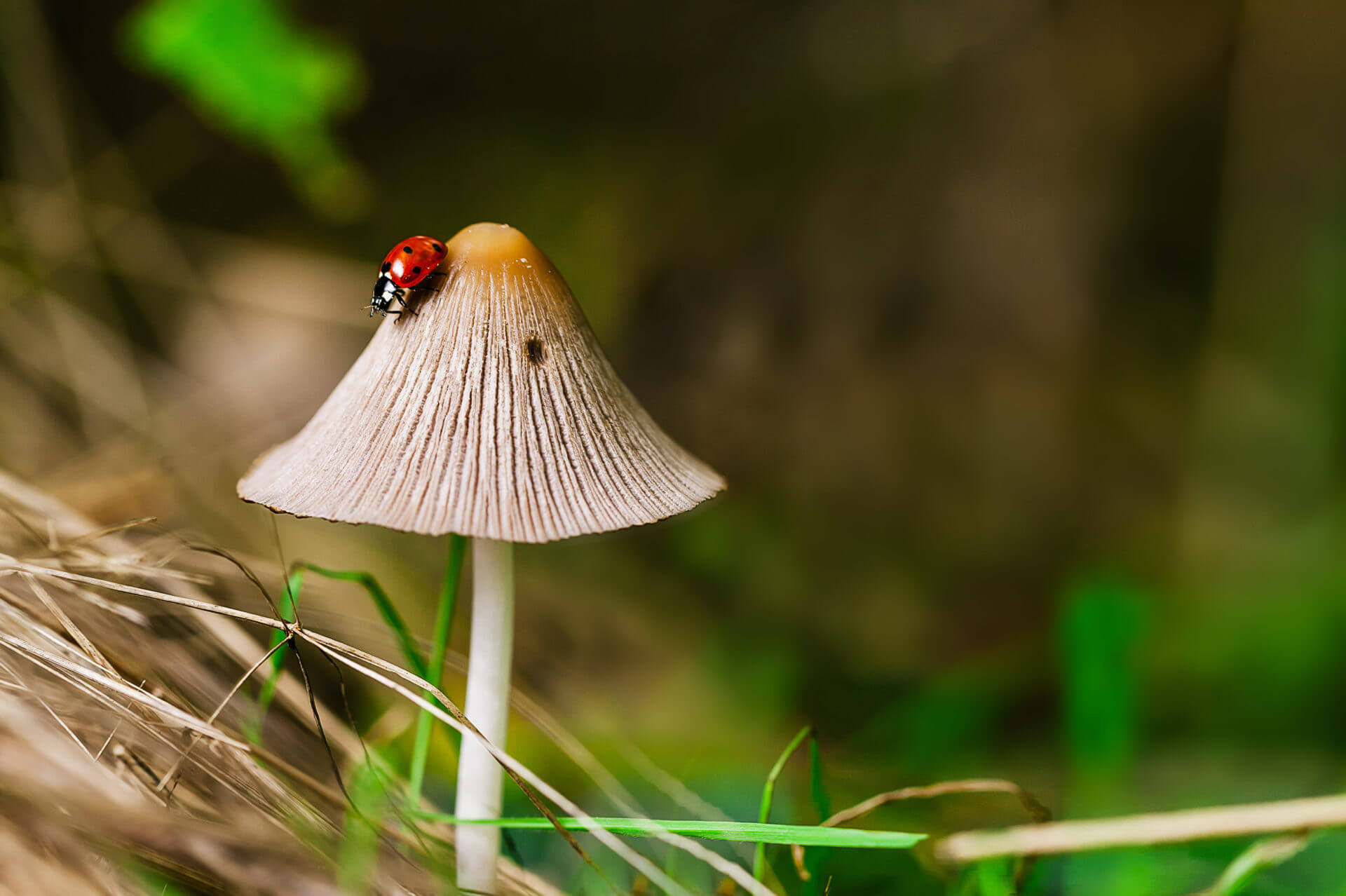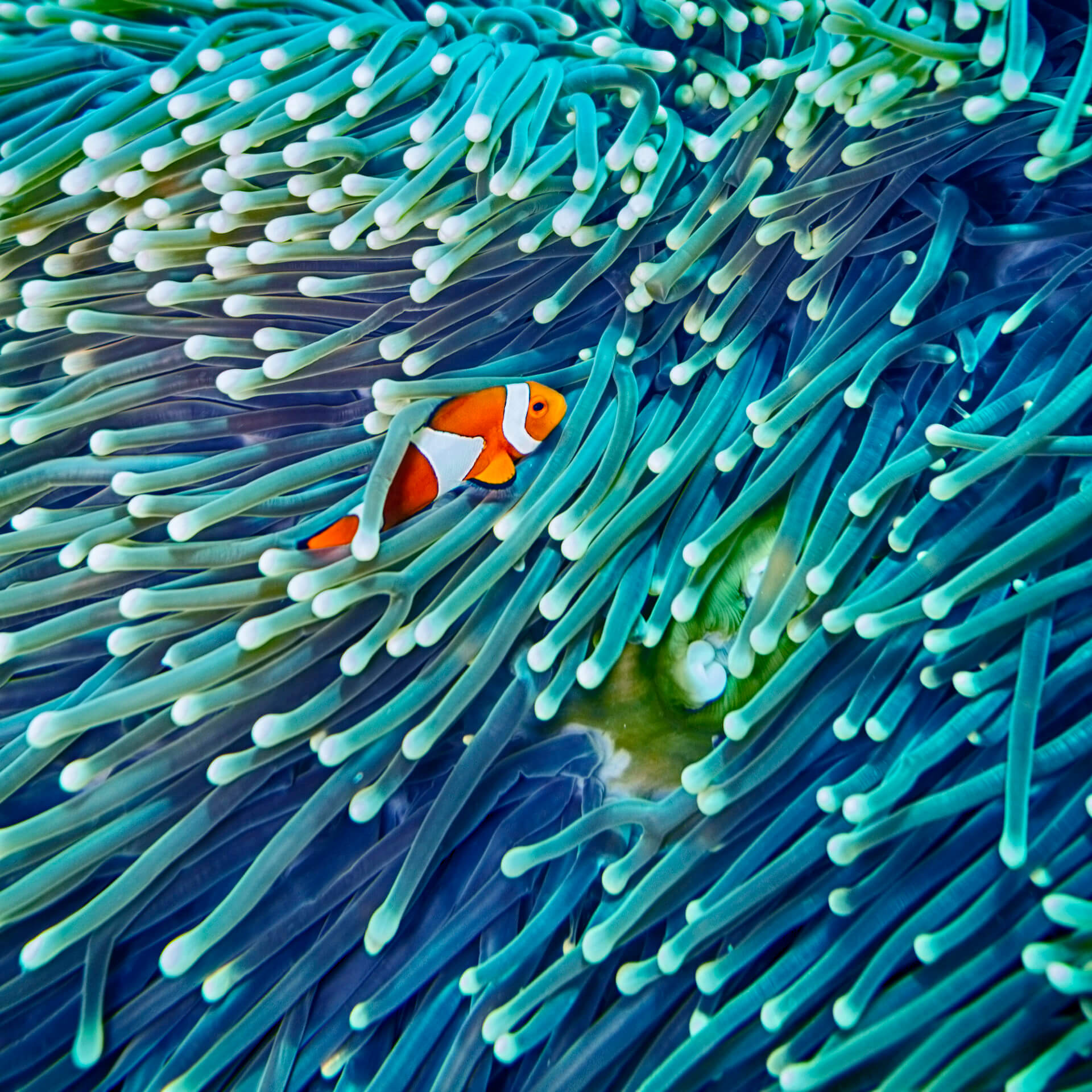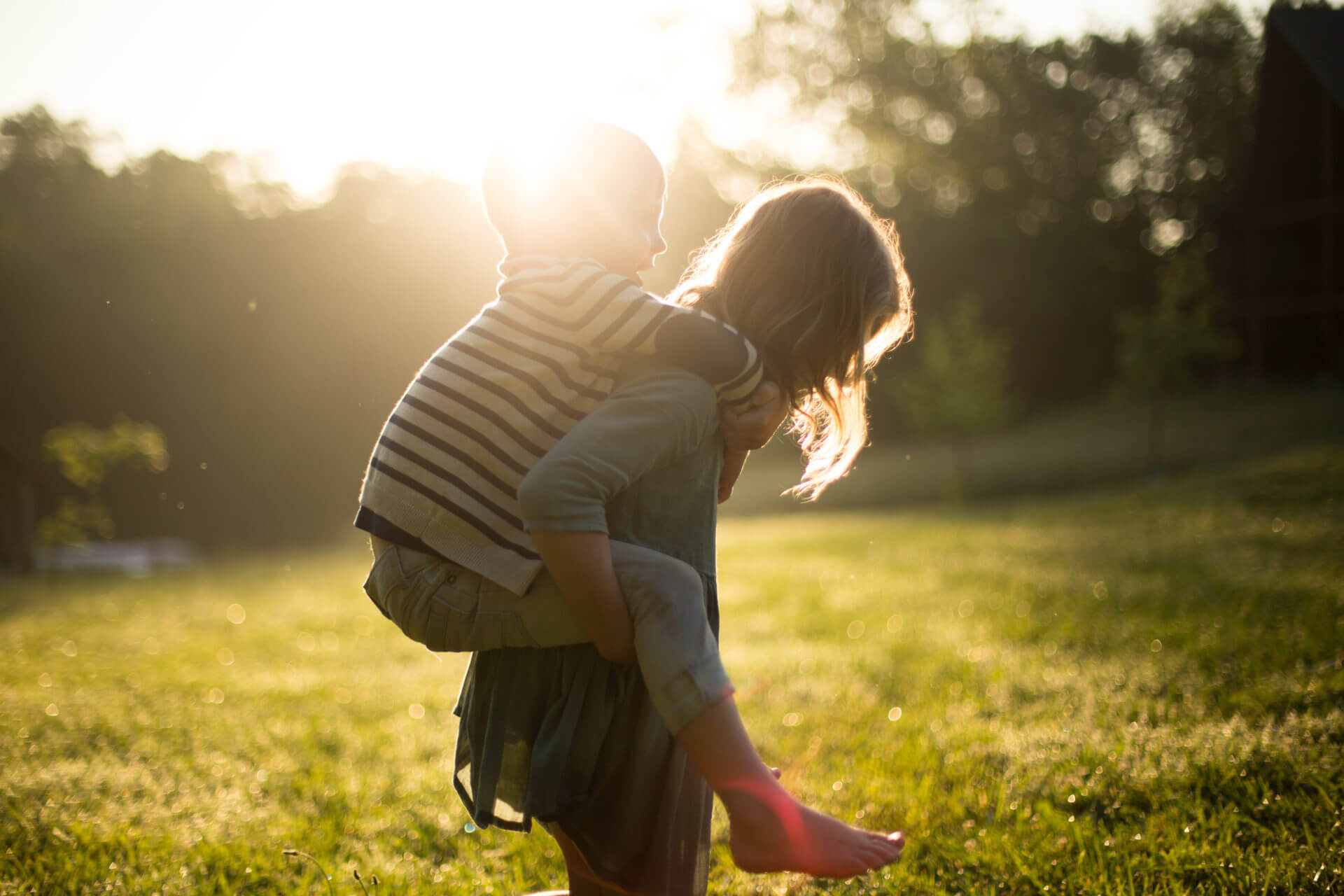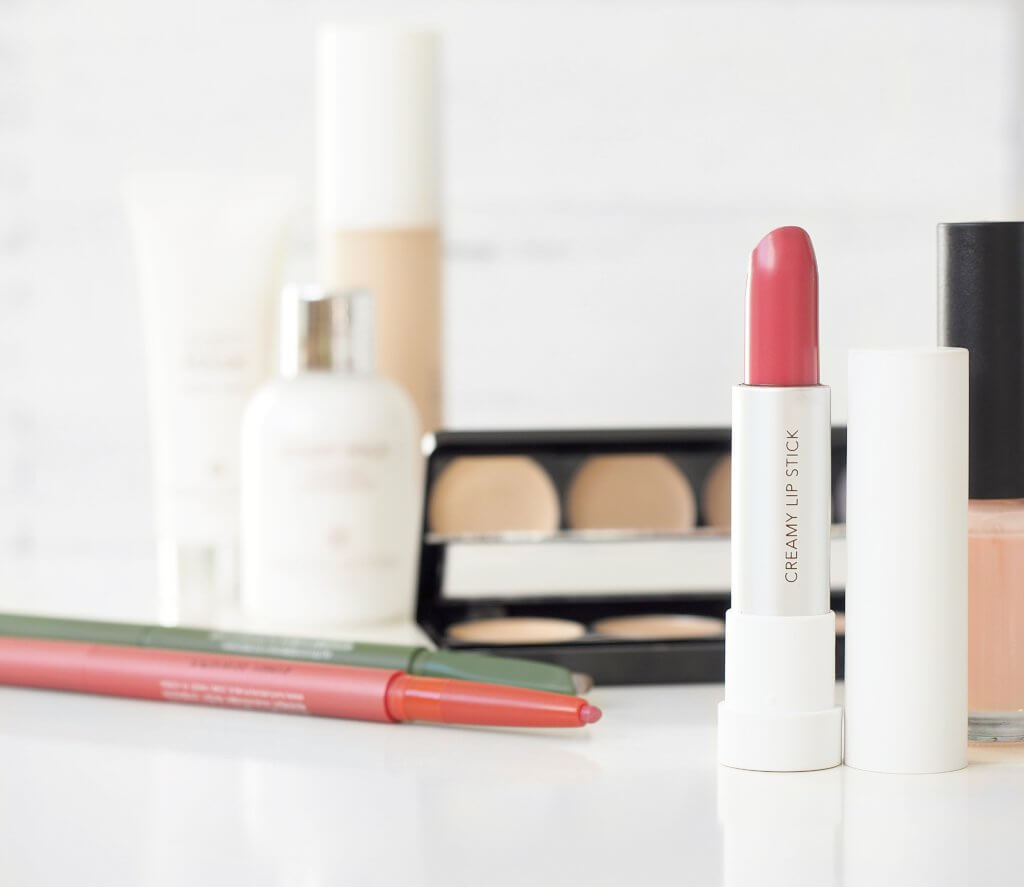
Taking care of ourselves without damaging biodiversity
We like taking care of ourselves. Every day, we use care products such as soap, shower gels, antiperspirants, make-up removers, shampoos, moisturizing creams, toothpaste and perfume. Altogether, each Belgian uses an average of 18 grams of cosmetic products per day. But what we think is good for us is not necessarily good for biodiversity.
Origins
Producers often put forward the natural origin of the ingredients as a benefit, an asset to one’s health and a proof of quality. This accounts for the consumers’ fancy for such products. In one way or another, the ingredients for those products are all taken from nature. And the residues all end up in the rubbish bin or in the sewerage system. When the ingredients come from crops, the impact depends on agriculture practices and on the surface of land used.
Did you know that to produce one kilo of essential oil, one needs to collect 4,000 kilos of Damascus rose petals, 600 kilos of geranium leaves or 330 of patchouli leaves?
On the labels, palm oil is often mentioned. Oil palm trees are planted all over the world in the place of natural forests. Did you know that:
- Between 1990 and 2010, at least 3.5 million hectares of natural forests have been converted into oil palm plantations?
- About 20% of the whole palm oil production is used for producing cosmetics?
Accessories
By the way, a woman is supposed to use an average of 2,000 pads of disposable cotton per year, whereas cotton production has a considerable impact on biodiversity. Happily, ingredients such as plastic microbeads that are present in some products, or plastic stem cotton buds that pollute the oceans are now banned or being banned.

What can we do?
Of course, it is not about stopping taking care of ourselves. But with some common sense and a few gestures as informed consumers, we can reduce the impact of our everyday hygiene on biodiversity. For instance:
- I only use the necessary care products, and in small quantities, to limit the surface of farming land required to produce my cosmetics.
- I only use cosmetics that are manufactured using methods respectful of biodiversity (for instance, eco-labelled products, products from a sustainable production, free of hazardous chemicals harmful for my health and for nature).
- If possible, I use products with few packaging, such as soap in loaves, and in the largest possible package.
- I use reusable care accessories such as a washable make-up remover cloth.
For more smart tips to preserve biodiversity, take a look here.
Actus Associés

Regenerative development and design: improving governance, innovation and planetary health
Humans have pushed several planetary boundaries out of their safe operating space and inequalities within and between countries are rising… Our current societal and environmental challenges require a meta-response. This is what Regenerative Development and Design (RDD) aims to bring.
See more
Save biodiversity by eating better
Our food choices have significant effects on biodiversity and ecosystems, but also on our health. Among other things, intensive meat production is responsible for the destruction of many ecosystems around the world and excessive meat consumption is a source of various diseases. Yet demand is growing on an increasingly populated planet with limited natural resources. As individuals, do we have a role to play in mitigating this trend in a globalised world? The answer is yes!
See more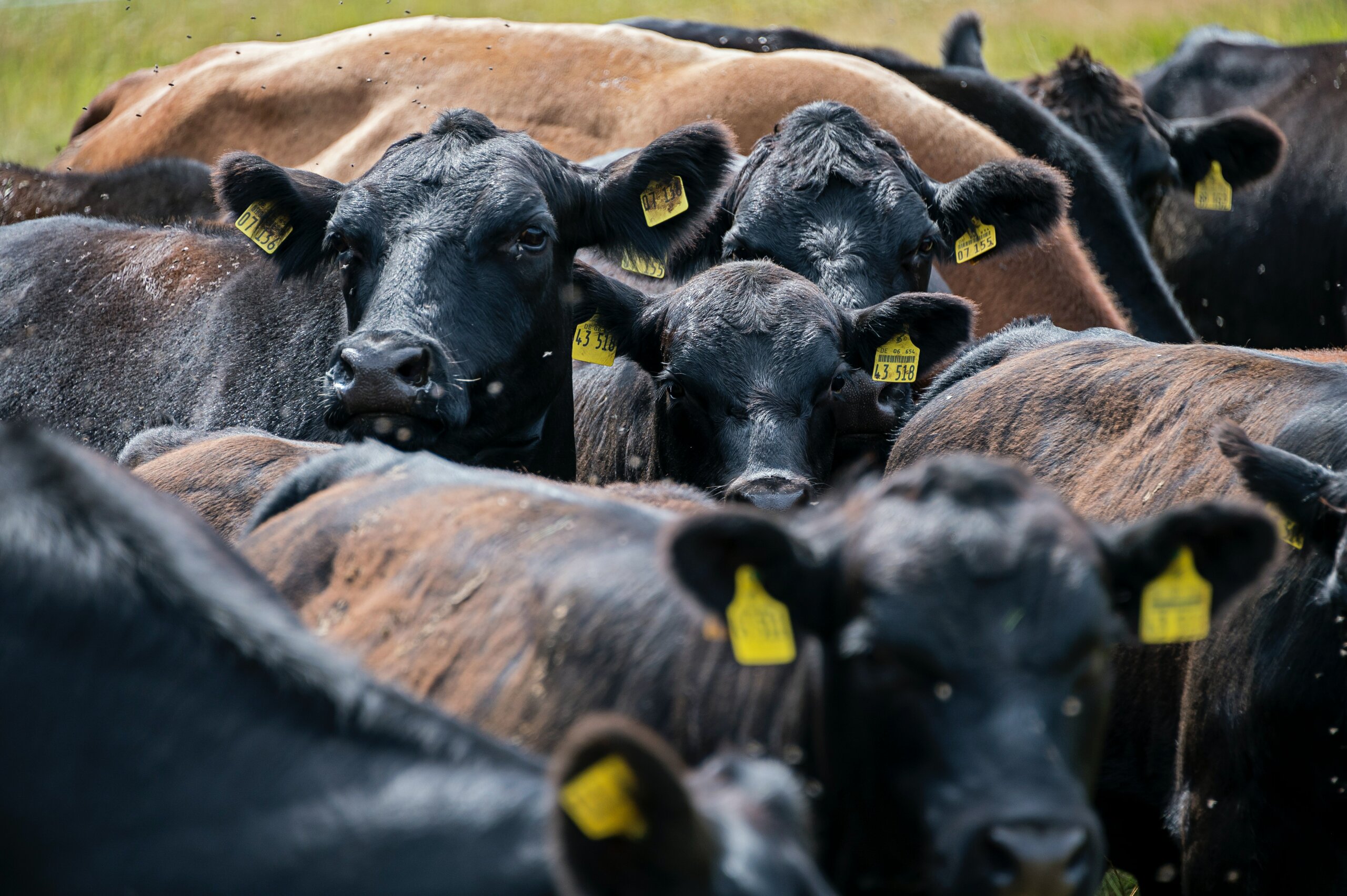
A very meaty diet: what consequences for biodiversity?
Did you know that, in the European Union, the food industry is the main cause of environmental damage, followed by housing and mobility?[1] Although many consumers are aware of this, we tend to underestimate the effects of our eating habits on the environment.[2] While this is not good news, it does mean that our choices can make a real difference. But can we really protect biodiversity at mealtimes?
See more

